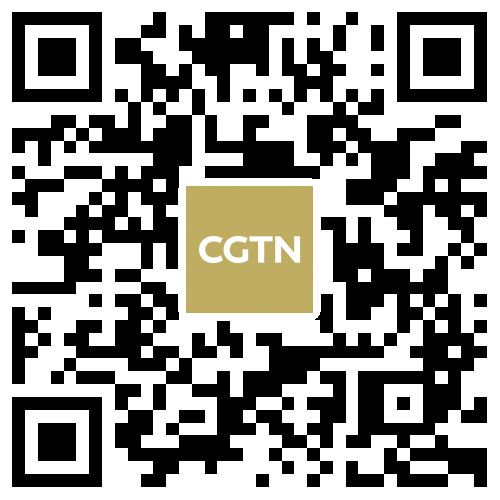Hundreds of millions of shoppers have been snapping up last-minute deals ahead of Diwali, the Hindu festival of lights, which begins on Thursday.
A national holiday in India, Malaysia, Nepal and several other countries, Diwali typically sees a boom in gold and silver prices, consumer spending and fireworks – as well as choking pollution. Take a look at the facts and figures below that show Diwali's economic impact.
2016 consumer spending: US$3.86 billion
The Associated Chambers of Commerce (Assocham) estimated that consumers in India alone spent more than 250 billion rupees (3.86 billion US dollars) for the festival in 2016, a 25-percent increase on the previous year.
The festival is one of the biggest gift-buying occasions of the year, with clothing, food and luxury items particularly popular – recent years have seen tablets, mobile phones and other gadgets boom during the Diwali festive season.
Online transactions: US$2.9 billion
E-commerce sales are up by around 40 percent this year compared to 2016, according to The Economic Times. Flipkart and Amazon dominate online sales, accounting for 50 and 35 percent of market share respectively, with Diwali sales expected to hit 2.9 billion US dollars in total this year.

Diwali sales for e-commerce giants Amazon and Flipkart have increased by around 40 percent compared to 2016. /VCG Photo
Diwali sales for e-commerce giants Amazon and Flipkart have increased by around 40 percent compared to 2016. /VCG Photo
A joint study by search engine marketing specialist SEMRush and payment platform RazorPay suggests 80 percent of e-commerce purchases will be made by people aged 18-34.
A separate study by SwiftKey (an app developer owned by Microsoft) polled 1,500 people in major Indian cities, and found that 70 percent of them planned to make the majority of their Diwali purchases via mobile apps, and 36 percent of those polled planned to gift money to friends and family via their phones over the festival.
Lowest spending since 2008-2009
Despite the e-commerce boom and spending increasing in 2016, this year looks likely to be the worst Diwali in terms of consumption in nearly a decade, according to The Times of India.
Wet weather, the Goods and Services Tax introduced this year and the confusion caused by last year’s withdrawal from circulation of small denomination banknotes are all weighing down on business this year, with The Times of India quoting shop owners as saying sales are down by "30 to 40 percent".

Diwali should be one of the busiest times of the year for shops and businesses. /VCG Photo
Diwali should be one of the busiest times of the year for shops and businesses. /VCG Photo
Gold prices are struggling to rebound, despite Diwali being a peak time for gifting gold coins and jewelry, after the Reserve Bank of India released a poll earlier this month that claimed 27 percent of respondents had reported a drop in income this year.
More than 40 percent of respondents claimed that their economic situation had worsened, with a lack of consumer confidence clearly affecting Diwali spending this year.
PM2.5 levels 29 times WHO recommendations
Last year, fireworks lit to celebrate Diwali led to a thick toxic haze enveloping New Delhi for 10 days during and after Diwali, forcing the closure of 1,800 primary schools.

Smog in New Delhi after Diwali celebrations on October 31, 2016. /VCG Photo
Smog in New Delhi after Diwali celebrations on October 31, 2016. /VCG Photo
This year, authorities in the National Capital Region – which includes New Delhi, and is home to some 45 million people – have banned the sale of fireworks, citing pollution concerns despite uproar among firework shops and manufacturers.

An Indian woman looks on at a shop selling firecrackers in New Delhi on October 9, 2017. India's top court ordered a temporary ban on the sale of firecrackers in New Delhi on October 9 ahead of the Diwali festival that leaves the city shrouded in toxic smog. /VCG Photo
An Indian woman looks on at a shop selling firecrackers in New Delhi on October 9, 2017. India's top court ordered a temporary ban on the sale of firecrackers in New Delhi on October 9 ahead of the Diwali festival that leaves the city shrouded in toxic smog. /VCG Photo
A recent study by the Health and Environment Alliance tallied annual pollution-related health costs to 140.7 billion US dollars in India, with more than 1.4 million premature deaths every year.






